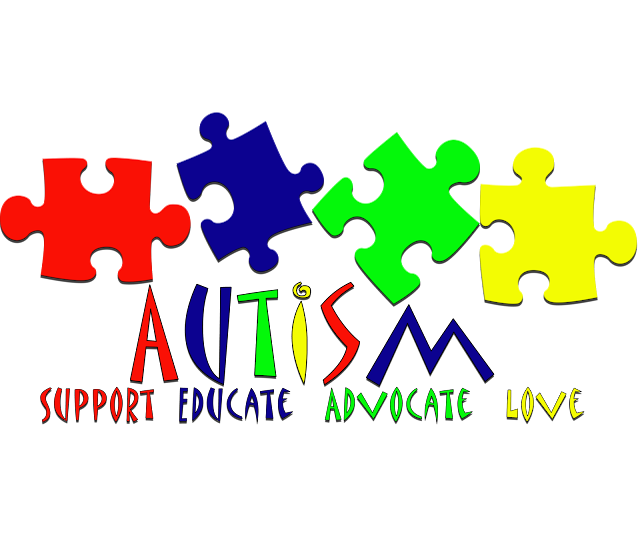 At some point in your teaching career you will probable have kids on the Autism Spectrum in your art class. Mainstreaming special needs students into regular classrooms is usually a part of their IEPs. For art teachers with not a lot of training in Special Education, this can be quite a challenge.
At some point in your teaching career you will probable have kids on the Autism Spectrum in your art class. Mainstreaming special needs students into regular classrooms is usually a part of their IEPs. For art teachers with not a lot of training in Special Education, this can be quite a challenge.
It doesn't have to be though. There are strategies to support children with autism and allows them to have a successful and positive art experience in your art class. And that's something that we're all aiming for!
I recently went to a work shop for art teachers on autism that was presented by The Autism Project. The workshop helped me become aware of the challenges these kids face due to their disability. I want to share what I learned with you.
Here are 10 things that a person with autism wishes you know about them (and may not be able to express) while they're in your art class.
1. I'm a person trying to be happy and successful in school. But social situations are hard for me. I struggle to join and be part of a group.
2. My sensory system isn't reliable.
3. Sometimes I can't do what you're asking. It is not because I don't want to.
4. I'm a concrete thinker. It's hard to be flexible when things are different than how I thought they would be. Sometimes I don't understand other views or choices available. I get easily stuck.
5. Communication is hard for me. I can hear words, but I don't always understand your message. Also, I have a tough time telling you what I'm thinking and feeling. Sometimes, I need extra time to find the words in my head.
6. I learn best with my sense of sight.
7. I'm great at many different things.
8. Waiting is difficult for me. I live in the present.
9. It is hard for me to hold my feelings in when I'm anxious or angry. I can have meltdowns, tantrums or withdraw.
10. Accept me for me; I will accept you for you.
What are some strategies we can use to help our autistic students who will eventually be a part of our art class?
*Be consistent
*Have routines and be predictable
*Have as few transitions as possible
*Have a visual schedule of tasks to be done in class
*Have close end tasks or projects with a clear finish
I hope there's something here that will work for you in your art class. If you know of any other tips, strategies or supports for autistic students in the art class, I'd like to hear about them.
Here's a simple lesson with a literacy component I use in my autistic art class. Check it out here.















